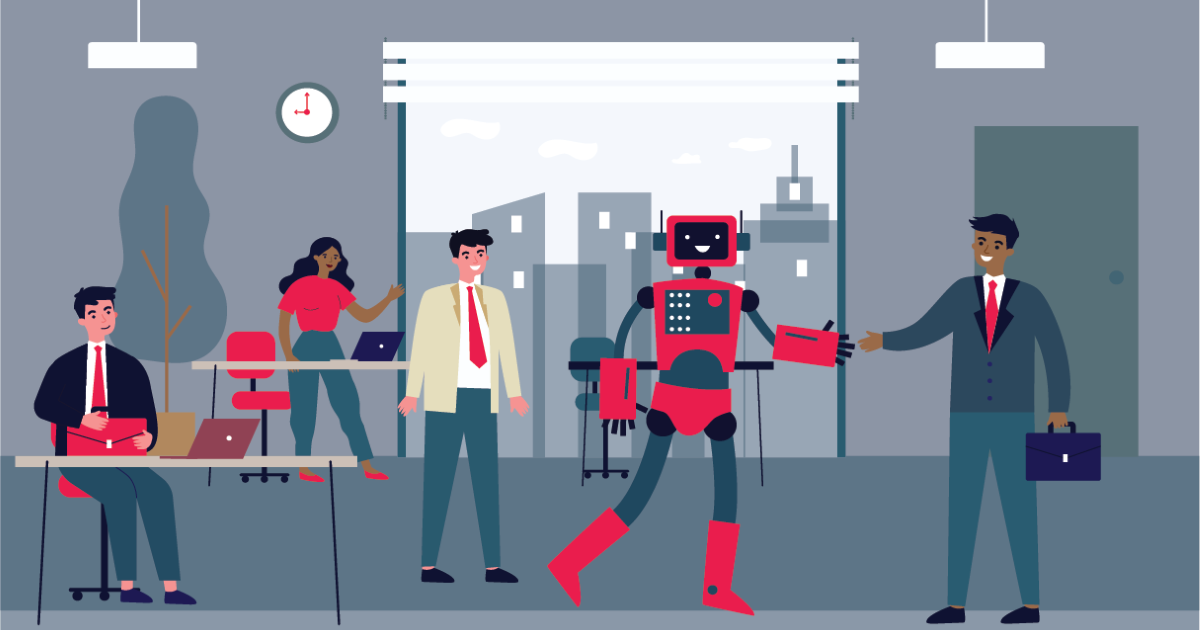Data is the New Oil: Are You Using Yours?

Iím from Houston, and truer words have never been spoken. Today, smart business that deploy the right tools to collect, and more importantly use their data are sitting on untold riches. For those who donít, this metaphor should be a wake-up call.
Businesses, regardless of size or sector, have struggled with the same questions: How much office space is needed for employees, and is the space being maximized to increase productivity and reduce costs? How can the physical workspace not only help employees excel at their jobs, but engage them and increase their job satisfaction?
All too often, CRE and FM personnel have been relegated to taking laps around their facilities, pen and paper in hand, marking headcounts and trying to determine how spaces are being used and when. Not only has this been an extremely arduous task, but it has been inefficient and potentially fraught with errors, as making estimates and assumptions can have serious repercussions on both the bottom line and employee satisfaction.
Set Goals. Collect Data. Act.
Thereís a better way. CRE and FM managers must first meet with corporate management, including senior HR and IT personnel, to determine the companyís objectives and desired outcome for the portfolio. Occupancy/vacancy ratios, lease termination dates and the desired size of the portfolio, and whether one or several locations should be considered. Itís time to consider office space standards, activity-based workspaces or to keep assigned seating. Some additional questions the team may consider include:
- What are the current real estate trends regarding cost and vacancy rates?
- Are we looking to expand, and, if yes, by how much?
- What percentage of our employees regularly work remotely?
- Do we employ contract/temp workers who need space for limited periods?
- What is our employee demographic, and do we expect that to change?
- What are the dynamics of our workspace? Is there a great deal of interaction, or are do employees work in silos?
Innovative companies have turned to SaaS-based Integrated Workplace Management Systems (IWMS), like iOFFICE, which consist of 10, integrated modules, as opposed to one, monolithic platform, to gather data. IWMS measure key business operations and provide a true and accurate visual of existing space, services, assets, how theyíre being used, by whom and how often. Users upload floor plans to the system using AutoCAD or Revit and coordinate employee data with HR and asset data with IT and FM departments.
Once data is gathered, management can create an integration between the IWMS system and the HR systems to determine employee churn, including new hires and terminations. This information will enable annual forecasting reporting of employee growth or contraction versus available space. Forecasting also will help a company determine when it will be at capacity and require more space.
Determining Workplace Strategy
As a bonus, once data is gathered via an IWMS, now you can add an Employee Experience [EX] layer to it, without ripping and replacing your current systems. iOFFICE developed HUMMINGBIRD to collect EX data and give CRE and FM the data and analytics needed to constantly improve the workplace. Some of the most common workplace strategies today include:
Hoteling: Office hoteling uses reservation software that allows employees to schedule workspaces, including desks, cubicles, equipment and conference rooms before they arrive at the office and only on an as-needed basis. Hoteling often improves space utilization and reduces RE costs, but some employees find this type of environment distracting.
Hot Desking: This allows employees to choose from any available space at several workstations without advanced reservations and employees are encouraged to rotate their seating on a regular basis to increase collaboration. Like hoteling, hot desking can reduce costs and improve space utilization, but users complain that there is no privacy and that constantly looking for a new place to work each day can be a distracting time waster.
Activity-Based Working (ABW): ABW allows employees to move between a variety of work spaces depending on the work they are doing. If they need silence, they can opt for a quiet room; if they need to collaborate with colleagues, they can select a more informal gathering space like a lounge. ABW has multiple benefits including more flexibly and autonomously and supports the needs of both introverts and extroverts alike. However, it may require an office redesign and technology upgrades. Since teams may be dispersed, employees also may need to make an extra effort to maintain communication.
Although hoteling, hot desking and ABW are becoming increasingly popular workplace strategies, some businesses may still prefer more traditional spaces with assigned desks and a variety of different-sized conference rooms. Still others may choose to have virtual workplaces, which allow employees to work remotely all or at least part of the time. Ultimately, the best workplace strategy takes into account the data that has been collected from an IWMS and reflects the specific needs of each business. It also considers employees, how they engage when working and whether or not they feel happy in their given environment.
When Data Informs
Forward-thinking workplace leaders recognize that the only way to determine the best workplace strategies is through the careful assessment of expertly mined data. Culling through data may be a time-consuming process, but it is essential in providing CRE and FM leaders with a clearer vision of their space utilization and strategic planning for the future. It can provide insights into cost and energy savings, space requirements, work habits, and service needs, as well as how employees are experiencing their work environment and if changes should be made. Business leaders, committed to creating workspaces that help employees work smarter and more effectively, must access their own real-time data through an IWMS, so that they can best engage their employees and optimize their businesses.
This Week’s Sponsor
iOFFICE equips facilities, CRE, and workplace leaders with the real-time data and mobile tools to plan for the future of their workforce and workplace. iOFFICE HUMMINGBIRD is the first Employee Experience solution and app that allows employees to find, request, use and reserve the spaces, information, people and events they need while automatically collecting critical business intelligence. The iOFFICE MARKETPLACE is a growing network of vetted application partners offering from energy optimization, digital signage and wayfinding apps that use the iOFFICE platform. More than 2.4M users at 1400 fast-moving companies like Adobe, Homeaway, HESS, FBL, Sephora, Sodexo, McKesson, Publicis, Under Armour are creating the most productive workplaces on earth.
Read Next
 4/18/2024
4/18/2024
Best Practices for Managing Lease Renewals When your commercial leases come up for renewal, itís a great opportunity to assess your real estate portfolio, consider the value of current leases and possibly negotiate better terms.
 4/11/2024
4/11/2024
3 Reasons to Incorporate AI Into Your Talent Retention Strategy Introducing new technology into the workplace is often met with suspicion.
 4/4/2024
4/4/2024
Operational Technology (OT) Data Data has been a cornerstone of business since the early days of computing in the 1960s.
 3/28/2024
3/28/2024
The Tech-Forward Response to Rising CRE Cap Rates is Also People-First Cap rates on commercial real estate have been rising for five consecutive quarters, leading to an estimated 20% drop in value for many property types, according to CBREís latest U.S. Real Estate Market Outlook.


.jpg)






